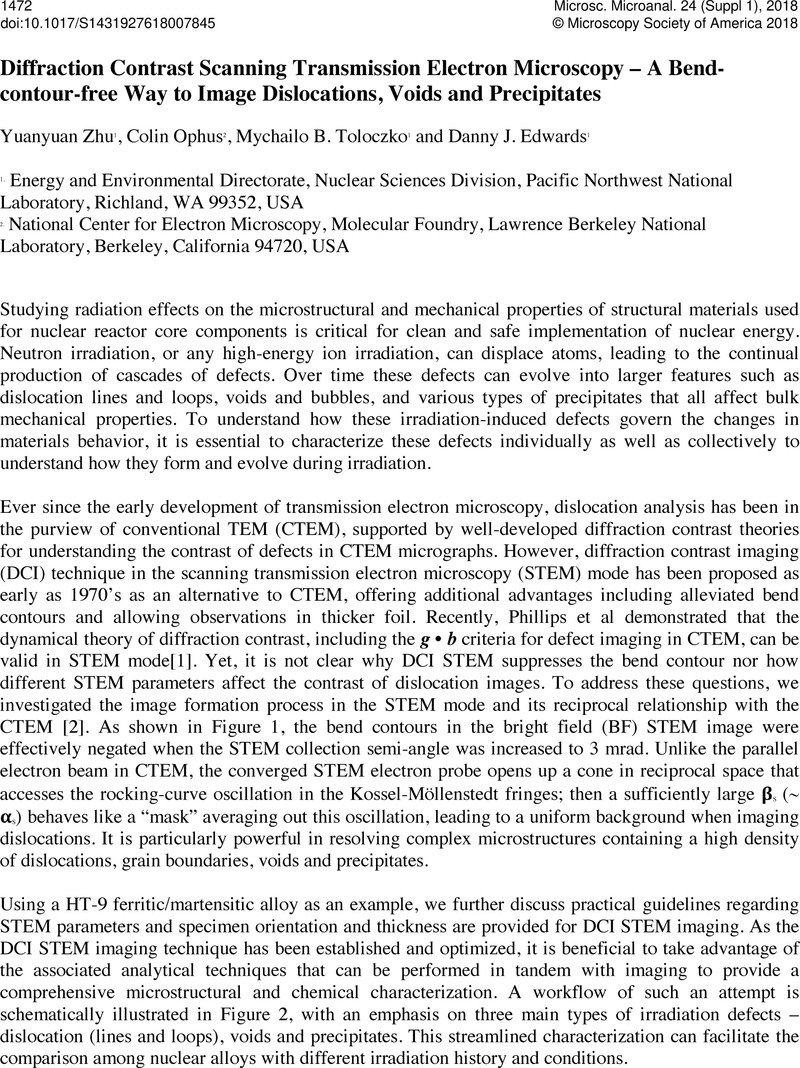Crossref Citations
This article has been cited by the following publications. This list is generated based on data provided by Crossref.
Dobrică, Elena
Ishii, Hope A.
Bradley, John P.
Ohtaki, Kenta
Brearley, Adrian J.
Noguchi, Takaaki
Matsumoto, Toru
Miyake, Akira
Igami, Yohei
Haruta, Mitsutaka
Saito, Hikaru
Hata, Satoshi
Seto, Yusuke
Miyahara, Masaaki
Tomioka, Naotaka
Leroux, Hugues
Le Guillou, Corentin
Jacob, Damien
de la Peña, Francisco
Laforet, Sylvain
Marinova, Maya
Langenhorst, Falko
Harries, Dennis
Beck, Pierre
Phan, Thi H.V.
Rebois, Rolando
Abreu, Neyda M.
Gray, Jennifer
Zega, Thomas
Zanetta, Pierre-M.
Thompson, Michelle S.
Stroud, Rhonda
Burgess, Kate
Cymes, Brittany A.
Bridges, John C.
Hicks, Leon
Lee, Martin R.
Daly, Luke
Bland, Phil A.
Zolensky, Michael E.
Frank, David R.
Martinez, James
Tsuchiyama, Akira
Yasutake, Masahiro
Matsuno, Junya
Okumura, Shota
Mitsukawa, Itaru
Uesugi, Kentaro
Uesugi, Masayuki
Takeuchi, Akihisa
Sun, Mingqi
Enju, Satomi
Takigawa, Aki
Michikami, Tatsuhiro
Nakamura, Tomoki
Matsumoto, Megumi
Nakauchi, Yusuke
Yurimoto, Hisayoshi
Okazaki, Ryuji
Yabuta, Hikaru
Naraoka, Hiroshi
Sakamoto, Kanako
Tachibana, Shogo
Yada, Toru
Nishimura, Masahiro
Nakato, Aiko
Miyazaki, Akiko
Yogata, Kasumi
Abe, Masanao
Okada, Tatsuaki
Usui, Tomohiro
Yoshikawa, Makoto
Saiki, Takanao
Tanaka, Satoshi
Terui, Fuyuto
Nakazawa, Satoru
Watanabe, Sei-ichiro
and
Tsuda, Yuichi
2023.
Nonequilibrium spherulitic magnetite in the Ryugu samples.
Geochimica et Cosmochimica Acta,
Vol. 346,
Issue. ,
p.
65.



